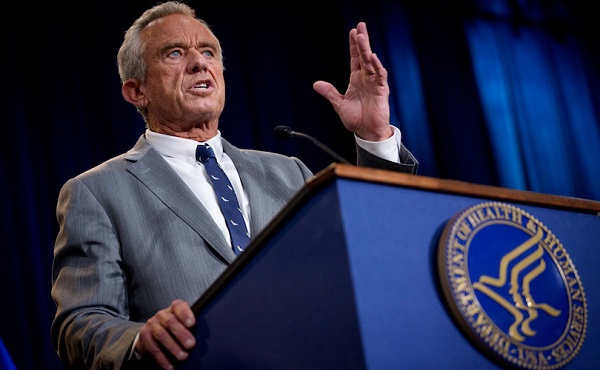National
The Queen visited Canada more than any other country during her long reign
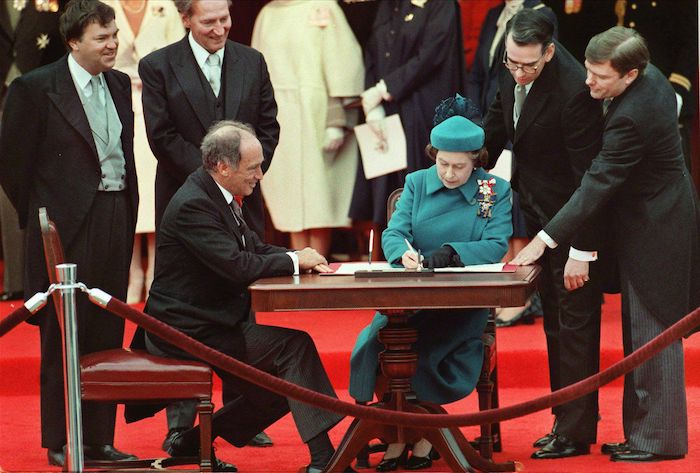
By Michael MacDonald in Halifax
It wouldn’t be a stretch to suggest the Queen held a special place in her heart for Canada.
As an ardent world traveller, she visited this country more than any other during her reign, and she was in the habit of referring to it as home.
If you include overnight visits and aircraft refuelling stops, the Queen visited Canada no less than 31 times since her coronation in June 1952, according to the Canadian Heritage Department.
In second place is Australia with 18 visits, including stopovers, according to the The Royal Family’s official website.
“I think she really developed a warm affection for us,” says Barry MacKenzie, a spokesman for the Monarchist League of Canada. “She’s done a marvellous job of taking advantage of all of those opportunities to meet Canadians and to develop a taste for life here.”
Here are some highlighfts from her visits:
1. Fall 1951
Royal watchers say the Queen’s close relationship with Canada started even before she acceded to the throne.
On Oct. 8, 1951, Princess Elizabeth arrived at Montréal–Dorval International Airport, where she was met by 15,000 people on the tarmac.
Over the next 33 days, the princess and her husband, Prince Philip, travelled across the country and back again, visiting a total of 60 communities and every province.
She took in hockey games in Montreal and Toronto, made a side trip to Washington, D.C., to visit U.S. President Harry Truman, and square danced at Rideau Hall.
The quiet, 25-year-old princess and the gregarious prince were met by large crowds wherever they went, with some reports suggesting that one million people turned out to see them in Toronto and even more showed up in Montreal.
“It was an incredible feat of stamina,” says MacKenzie, a history instructor at St. Francis Xavier University in Antigonish, N.S.
“People recognized that this young woman was next in line …. And she also had the added bonus of having a husband who was a war hero. They were young. They were beautiful.”
At the end of the tour, in a farewell radio message broadcast from St. John’s, N.L., Princess Elizabeth referred to Canada as her “second home.”
“Wherever we have been throughout the 10 provinces … we have been welcomed with a warmth of heart that has made us feel how truly we belong to Canada.”
—
2. Fall 1957
The Queen’s first official visit to Canada was a high-profile, four-day tour that included her first ever televised speech, broadcast live from Rideau Hall on Oct. 13, 1957.
The next day, she officially opened a new session of Parliament by reading the speech from the throne in the Senate chamber, with Prince Philip at her side.
It was the first time a reigning monarch opened the Canadian Parliament. The speech was also carried live on television.
—
3. Summer 1959
The longest royal tour in Canadian history was a gruelling, 45-day marathon that started on June 18, 1959 in eastern Newfoundland.
The highlight of the visit was the official opening of the St. Lawrence Seaway on June 26, when the Queen was joined by U.S. President Dwight Eisenhower aboard the Royal Yacht Britannia at the lift-lock near St. Lambert, Ont.
Five days later, on Canada Day, the Queen delivered a televised address from a sunny veranda at Rideau Hall.
“If I have helped you feel proud of being Canadian, I shall feel well satisfied, because I believe with all conviction that this country can look to a glorious future,” she said.
The Queen and Philip travelled to every province and both territories, logging 24,000 kilometres.
“This is the first time since she became Queen that everyone in Canada had the opportunity to see her,” says MacKenzie. “And it’s the last time that we see one of these huge undertakings.”
The official itinerary included a trip to the Calgary Stampede, where Philip donned a cowboy hat, and numerous stops along the Great Lakes, including a trip to the World’s Fair in Chicago.
On the last leg of their tour, the young couple made an unscheduled stop in eastern New Brunswick to meet the families of fishermen who died on the night of June 20-21 when a hurricane roared over the Northumberland Strait. The brutal storm capsized more than two dozen fishing boats, killing 35 men and boys — most of them from the village of Escuminac.
At Pointe-du-Chêne, N.B., the Queen and the Duke of Edinburgh met with 16 grieving widows and their families on July 29.
Among them was a “tiny grey-haired woman in black, surrounded by 12 of her 18 surviving children,” The Canadian Press reported at the time.
“(She) sat on a Northumberland Strait wharf …. and blinked back the tears as she received a sympathetic smile and kind word from Queen Elizabeth.”
—
4. Summer 1967
The Queen and Prince Philip spent six days in Ottawa and Montreal to celebrate Canada’s centennial.
Under bright sunshine on Parliament Hill, 50,000 people watched as the Queen cut into a gigantic birthday cake decorated with the coat of arms of each province and territory.
And in Montreal, the Queen rode the automated monorail that was part of the Expo 67 international exhibition.
That brief visit was marked by tight security as organizers wanted to avoid what happened in 1964 when the Queen’s visit to Quebec City was marred by waves of police using truncheons to round up separatist protesters who were shouting slogans and singing irreverent songs.
—
5. Spring 1982
A four-day tour of Ottawa culminated in a ceremony on a sleet-soaked Parliament Hill, where the Queen joined Prime Minister Pierre Trudeau to sign the proclamation of the Constitution Act
The act gives the Canadian Parliament the right to amend the constitution without the approval of the British Parliament.
The Act’s passage, marked by royal assent from the Queen on April 17, 1982, signalled the last stage of Canada’s political evolution from colony to fully independent state.
But it did not signal the end of the monarchy in Canada. Far from it. The Queen remained Canada’s head of state and she retained her title as Queen of Canada.
“She wasn’t signing a document and giving us our freedom,” says MacKenzie. “This was the Queen of Canada signing an act that had been passed in her name in the Canadian Parliament …. It was not a declaration of independence.”
—
6. Summer 2010
On the Queen’s final visit to Canada, she told a crowd in Halifax exactly how she felt about this vast part of her realm.
“It is very good to be home,” she said on June 28 as she started a nine-day tour that would also take her to Ottawa, Winnipeg, Waterloo, Ont., and Toronto.
“My mother once said that this country felt like a home away from home for the Queen of Canada …. I am pleased to report that it still does.”
In Ottawa, she celebrated Canada Day with a crowd of 70,000 on Parliament Hill, where she took a more wistful tone in her speech.
“During my lifetime, I have been witness to this country for more than half its history since Confederation,” she said. “I have watched with enormous admiration how Canada has grown and matured while remaining true to its history, its distinctive character and its values.”
In her book, “A Royal Couple in Canada,” author Allison Lawlor says that on each of the Queen’s many visits to Canada, she “succeeded in gracefully lifting Canadians out of their everyday lives for a few moments.”
“Not only has she witnessed the growth of Canada, but generations of Canadians have watched the progression in her life as she moved from being their beautiful princess on her first visit in 1951, to a young mother raising four children, to a dignified Queen, and … as an elder, worldly stateswoman.”
This report by The Canadian Press was first published Sept. 8, 2022.
Business
Carney praises Trump’s world ‘leadership’ at G7 meeting in Canada
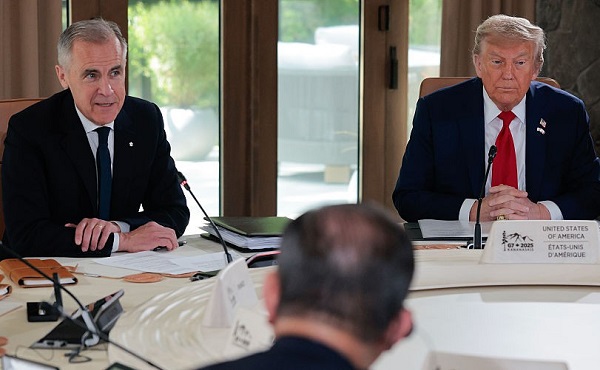
From LifeSiteNews
Canada’s prime minister said it was a ‘great honor’ to host the U.S. president and praised him for saying Canada wants to work with the U.S. ‘hand-in-hand.’
During the second day of the G7 leaders meeting in the Kananaskis area in Alberta, Canadian Prime Minister Mark Carney praised U.S. President Donald Trump’s world “leadership” despite saying many negative things about him during his election campaign.
While speaking to reporters Monday, Trump hinted that a new trade deal between Canada and the United States was potentially only “weeks” away. This came after a private meeting with Carney before the official G7 talks commenced.
“We’ve developed a very good relationship. And we’re going to be talking about trade and many other things,” Trump told reporters.
Carney was less vocal, however. He used the opportunity to tell reporters he was happy Trump came to his country for the G7 meeting, saying it was a “great honor” to host him.
“This marks the 50th birthday of the G7, and the G7 is nothing without U.S. leadership,” Carney told reporters.
He then spoke about Trump’s “personal leadership” on world issues and praised him for saying Canada wants to work with the U.S. “hand-in-hand.”
Carney ran his election campaign by claiming the Conservative Party would bow to Trump’s demands despite the fact that the party never said such things.
During his federal election campaign, Carney repeatedly took issue with Trump and the U.S. that turned into an anti-American Canadian legacy media frenzy.
However, the reality is, after Carney won the April 28 federal election, Trump praised him, saying, “Canada chose a very talented person.”
Many political pundits have said that Carney owes his win to Trump, as the U.S. president suggested on multiple occasions that he would rather work with Carney than conservative leader Pierre Poilievre.
Trump has routinely suggested that Canada become an American state in recent months, often making such statements while talking about or implementing trade tariffs on Canadian goods.
As for Carney, he has said his government plans to launch a “new economy” in Canada that will involve “deepening” ties to the world.
Business
Carney’s Honeymoon Phase Enters a ‘Make-or-Break’ Week
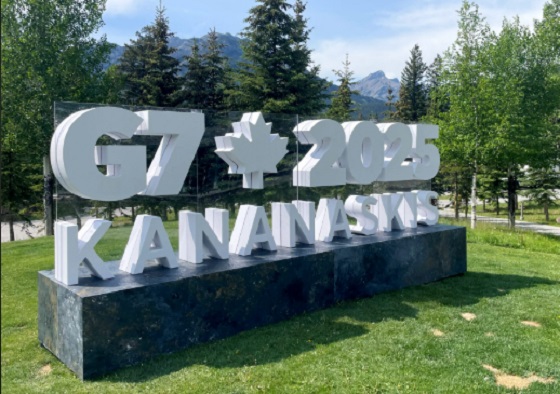
From the National Citizens Coalition
The National Citizens Coalition (NCC) is sounding the alarm on a critical week for the Carney government, which, despite enjoying an unearned honeymoon in the polls, has delivered zero results for everyday Canadians. As the G7 summit looms large and the House of Commons prepares to adjourn, this is a make-or-break moment for Prime Minister Mark Carney to prove his government is more than empty promises. Canadians are watching, and the NCC is calling out the glaring failures that threaten a grim summer of economic decline, and continued crime, chaos, and rising unemployment.
Housing Minister Gregor Robertson Caught in $10.85 Million Scandal
Recent revelations from Blacklock’s Reporter expose Housing Minister Gregor Robertson’s attempt to conceal $10.85 million in personal property investments during Commons questioning. This shocking lack of transparency from the minister tasked with addressing Canada’s housing crisis raises serious questions about his integrity and ability to prioritize Canadians struggling with skyrocketing costs. While Robertson dodges accountability, and Carney apparently scoffs at providing housing relief to millions suffering under a Liberal-made crisis, young professionals and young families are wondering if they’ll ever have a chance to own a home bigger than Canada’s much-maligned supply of ‘dog-crate condos.’
The NCC demands a full ethics investigation, the resignation of Gregor Robertson — who, as one of the architects of the Vancouver housing crisis, should have never been handed this file to begin with — and immediate action to restore trust in this critical portfolio.
Pipeline Delays and Provincial Obstruction Threaten Economic Growth
The Carney government’s inaction on pipelines is stalling Canada’s economic potential. Despite promises of “nation-building projects,” British Columbia and Quebec continue to block and veto critical energy infrastructure, with Carney failing to assert federal leadership. His vague talk of “consensus” and “decarbonized” barrels has led to zero progress, leaving Alberta’s economy in limbo and Canadians facing higher energy costs. With no clear plan to advance projects, the government is squandering opportunities to create jobs and secure energy sovereignty. The NCC urges Carney to act decisively this week to break the provincial logjam and deliver results.
Immigration Chaos: Lena Diab’s Unchecked Honour System Fails Canadians
Immigration Minister Lena Diab’s reliance on an ‘honour system’ for millions of temporary visitors with expiring visas is a recipe for disaster. As Canada grapples with unsustainable immigration levels, Diab’s apparent plan for millions of temporary workers and failed ‘diploma mill’ attendees assumes compliance without enforcement, ignoring the high-propensity for fraud, and the ongoing and urgent strain on housing, healthcare, and public services. The Liberals’ Strong Borders Act promises reform, but its loaded with unnecessary overreach and vague measures.
A lack of urgency leaves Canadians vulnerable to further crime, chaos, closed emergency rooms, high rents, and failing infrastructure. With immigration continuing to spiral out of control, the NCC calls for concrete action to drastically lower immigration targets, expedite deportations, and prioritize Canadian citizens and the record amounts of unemployed before the House adjourns.
Canadians Deserve Results, Not More Hollow “Elbows up” or “Team Canada” Rhetoric
This week’s G7 summit in Alberta and the impending House adjournment are the Carney government’s last chance to show leadership, before an undeserved summer break for a government that will be overseeing deepening economic decline, rising crime under a refusal to tackle catch-and-release bail, and growing unemployment. Canadians cannot afford another season of unfulfilled promises and unchecked crises. The NCC demands Carney use the G7 platform to secure trade stability, meaningful energy deals with our allies, and table a federal budget to address the cost-of-living crisis made worse by inflationary Liberal spending. Failure to act now will cement an early legacy of inaction and leave Canadians to endure a prolonged period of hardship.
“The Carney government’s honeymoon has been built on hype, not results,” says NCC Director Alexander Brown. “From Gregor Robertson’s hidden millions, to stalled pipelines, to an immigration system in continued disarray, Canadians — and particularly young Canadians — are being let down. This week is Carney’s chance to prove he can deliver beyond the lies that were told to placate a portion of the electorate at the polls. If he fails to act, the economic decline, the crime and chaos, will only worsen, and everyday Canadians will pay the price.
“True Canadian leaders like Alberta Premier Danielle Smith are in attendance at the G7 along with Carney. If actual acts of ‘nation-building,’ and not more net-zero de-growth, do not come naturally to the PM, he should turn to those who have never wavered in their quest to make life more affordable for the hard-working citizens they are privileged to represent, and who know when to get out of the way to allow Canadians to prosper. More of the same internal, ideological sabotage from the Liberals cannot ruin this dire moment for Canada’s rebirth and recovery.”
The NCC calls on all Canadians to hold the Carney government accountable. Join us in demanding transparency, action, and results before the House adjourns and the G7 summit concludes. Together, we can fight for a stronger, more prosperous Canada.
About the National Citizens Coalition: Founded in 1967, the NCC is a non-profit organization dedicated to advocating for individual freedom, lower taxes, less government waste, and a stronger Canada. We hold governments accountable and fight for the interests of everyday Canadians.
-

 Business2 days ago
Business2 days agoEU investigates major pornographic site over failure to protect children
-
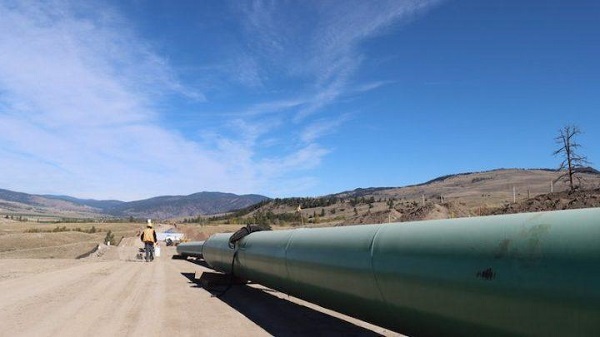
 Canadian Energy Centre2 days ago
Canadian Energy Centre2 days agoCross-Canada economic benefits of the proposed Northern Gateway Pipeline project
-
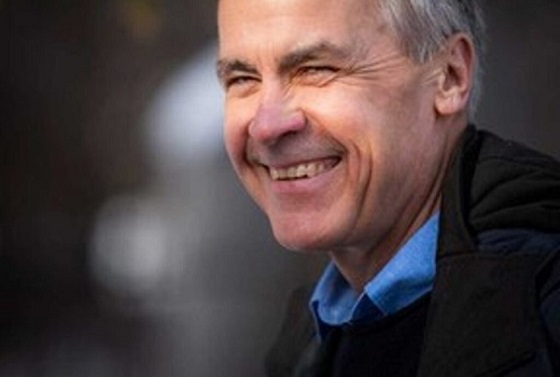
 Economy2 days ago
Economy2 days agoCarney’s Promise of Expediting Resource Projects Feels Like a Modern Version of the Wicked Stepmother from Disney’s Cinderella
-

 Alberta2 days ago
Alberta2 days agoAlbertans need clarity on prime minister’s incoherent energy policy
-

 conflict20 hours ago
conflict20 hours ago“Evacuate”: Netanyahu Warns Tehran as Israel Expands Strikes on Iran’s Military Command
-

 Health23 hours ago
Health23 hours agoLast day and last chance to win this dream home! Support the 2025 Red Deer Hospital Lottery before midnight!
-
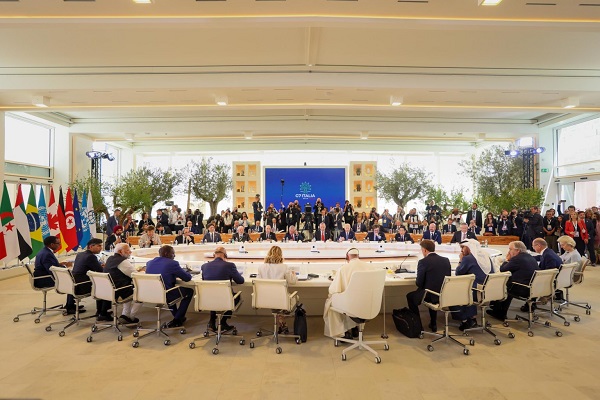
 Energy19 hours ago
Energy19 hours agoCould the G7 Summit in Alberta be a historic moment for Canadian energy?
-

 Alberta1 day ago
Alberta1 day agoAlberta’s grand bargain with Canada includes a new pipeline to Prince Rupert






